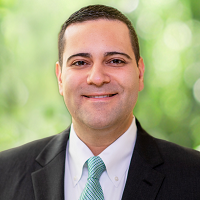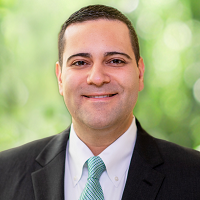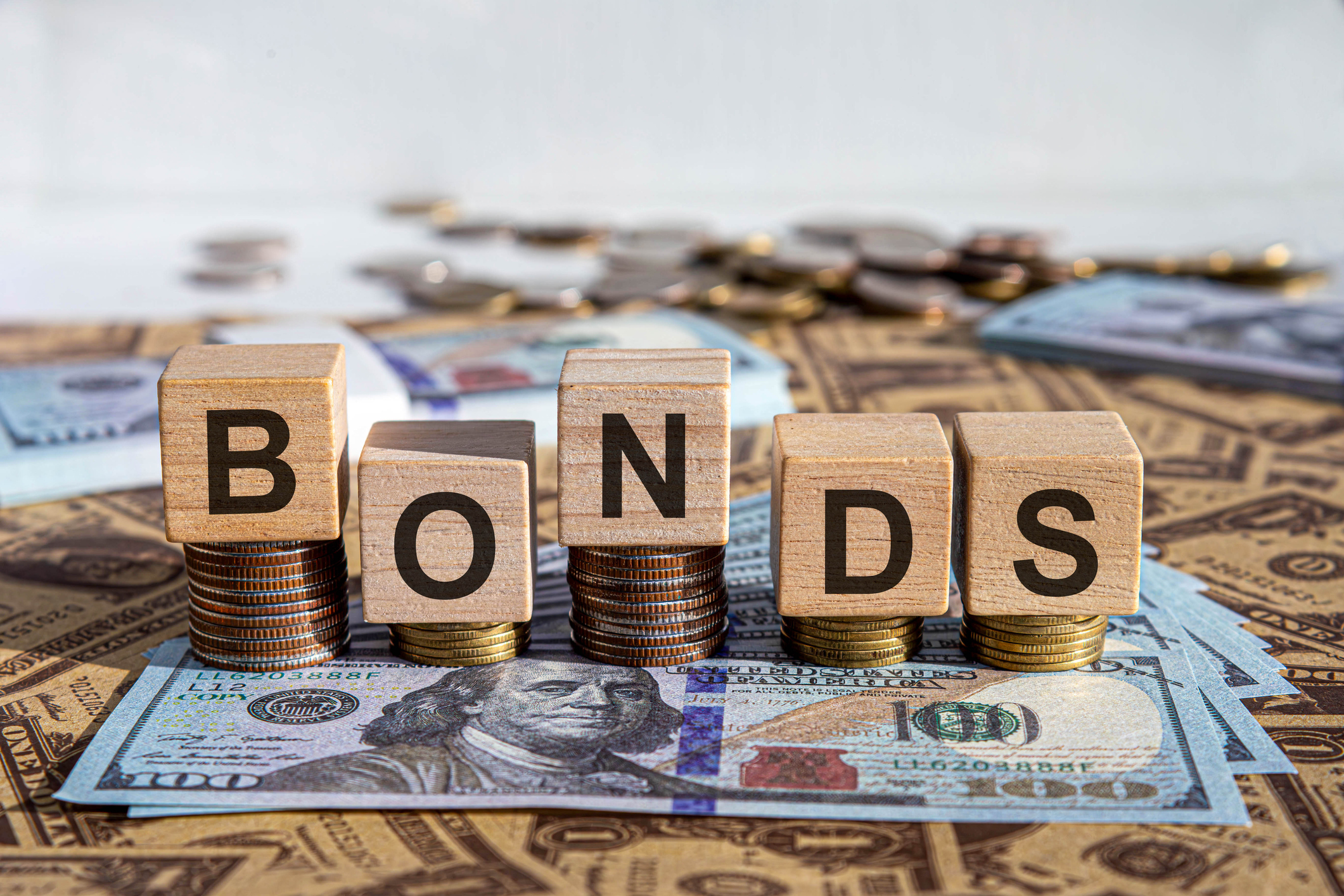Five Ways to Maintain Charitable Giving During Volatile Times: A Giver's Guide
When the economic outlook is uncertain, charitable giving is even more important — and impactful. You can be strategic by using donor-advised funds, diversifying assets and prioritizing unrestricted gifts.


The first half of 2025 was marked by significant market uncertainty, creating concern for even the most level-headed investors and donors.
Most charitable giving and investment strategies account for natural market cycles, but hyper market fluctuations in recent months have created additional ambiguity that can be hard to plan for — and even harder to ignore.
The reality is the need for strategic charitable giving is often even greater during periods of market fluctuations or a downturn.
From just $107.88 $24.99 for Kiplinger Personal Finance
Become a smarter, better informed investor. Subscribe from just $107.88 $24.99, plus get up to 4 Special Issues

Sign up for Kiplinger’s Free Newsletters
Profit and prosper with the best of expert advice on investing, taxes, retirement, personal finance and more - straight to your e-mail.
Profit and prosper with the best of expert advice - straight to your e-mail.
The Kiplinger Building Wealth program handpicks financial advisers and business owners from around the world to share retirement, estate planning and tax strategies to preserve and grow your wealth. These experts, who never pay for inclusion on the site, include professional wealth managers, fiduciary financial planners, CPAs and lawyers. Most of them have certifications including CFP®, ChFC®, IAR, AIF®, CDFA® and more, and their stellar records can be checked through the SEC or FINRA.
Nonprofits face many of the same uncertainties as investors and donors.
With the recent passage of the One Big Beautiful Bill Act, more dynamics could be tacked on to giving decisions in the year ahead.
In many sectors, the challenges are multifold: Nonprofits are grappling with the possible loss of funding streams as well as a potential dip in charitable giving.
At the same time, many charitable causes are seeing an increased need for their work.
Fortunately, with the right approach, investors and charitably minded individuals can maintain — and often enhance — their giving and impact during turbulent markets.
Here's a closer look at some strategies to consider.
1. Choose the right giving strategy
It might seem simple, but creating a budget or plan and sticking to it has proven to be a tried-and-true strategy to withstand shifting market dynamics.
There is significant power and value in budgeting, especially as it pertains to charitable giving. To be successful, investors must be clear on:
- What causes they want to support
- How they're going to fund grants
- Crafting an investment strategy that fits
For many donors, a donor-advised fund (DAF) is the ultimate philanthropic planning and budgeting vehicle. When it comes to charitable giving in times of uncertainty, DAFs offer several advantages that can help donors maintain their impact.
Most notably, a DAF separates the initial charitable contribution from the grant to the nonprofit. This means donors can budget and make a plan to increase contributions during periods of strong performance and maintain grantmaking should the market turn.
This consistency is vital in ensuring nonprofits benefit from regular, recurring contributions and offers donors the flexibility to adjust their giving to respond to specific needs.
2. Take a broad portfolio view
Turbulent markets will impact a portion of most investors' and donors' assets, making it a good time to review the full portfolio and make strategic investment and giving decisions that run counter to or can withstand fluctuations in the stock market.
For example, is now the right time to consider donating complex, illiquid assets, such as a hedge fund interest, private equity or a real estate holding to charity? Should you ensure charitable assets are invested in both public and private options, such as Vanguard's Hamilton Lane Private Asset Fund? (Note: I am the CFO of Vanguard Charitable.)
3. Prioritize unrestricted giving
The message from nonprofits is clear: They prefer having control of how to allocate the assets that are granted to them.
In the last decade, there has been a marked shift in donor mindsets around the "overhead myth." Today, donors are more likely to give money without restrictions, placing greater trust in the experts at the nonprofits they support to utilize donations and assets to their greatest potential and carry out their mission.
Unrestricted giving is becoming more common across charitable efforts, but it's especially crucial as a part of unexpected giving.
During periods of uncertainty, the need for unrestricted giving can be even greater, as charities might face unique or unexpected challenges and costs.
The silver lining for nonprofits is that donors with money already earmarked for charity are more likely to step up and meet these moments.
According to Vanguard Charitable research, donors who use a Vanguard Charitable DAF for unexpected granting gave 39% more than those who use a DAF only for expected, ongoing giving, resulting in nearly 48% of total grants issued in 2024 being unrestricted.
4. Consider recoverable grants
A recoverable grant is another giving approach that could be utilized in periods of uncertainty.
The gift can be structured similarly to a bridge loan, in which a nonprofit could use a contribution to maintain cash flow and cover expenses while other funding might be in limbo.
Looking for expert tips to grow and preserve your wealth? Sign up for Building Wealth, our free, twice-weekly newsletter.
If that funding is secured, the grant could be repaid to the donor's account, or it could be repurposed into other activities, depending on the specific situation and the donor's preferences.
5. Stay the course
As is often the case with investing and financial management, one of the best things to do during market unpredictability is to trust your strategy.
All good charitable giving plans and investment strategies account for such conditions and are designed to weather downturns.
It might be worth a quick review of that plan to ensure the strategy and allocations are still aligned with long-term goals, but drastic changes are rarely necessary — nor effective.
Research has consistently shown that attempts to time the market often backfire.
Taking stock in the strategy work done to date and relying on the right plan and partner is often the best course in times of uncertainty.
Related Content
- Developing a Charitable Giving Strategy: Where to Begin
- How to Assess the Impact of Your Charitable Giving
- How Charitable Donations Can Reduce Your Taxes
- Investing for Charitable Giving: Discipline Reaps Rewards
- Donating Complex Assets Doesn't Have to Be Complicated
Profit and prosper with the best of Kiplinger's advice on investing, taxes, retirement, personal finance and much more. Delivered daily. Enter your email in the box and click Sign Me Up.

Mark Froehlich joined Vanguard Charitable, a 501(c)(3) public charity sponsoring donor-advised funds, as chief financial officer in 2019. As a certified public accountant, he works to oversee the nonprofit’s finance and operations functions. An experienced financial leader, Mark has always maintained a strong connection to the nonprofit sphere. Most recently, he was the chief financial officer at the Philadelphia Foundation.
-
 Gold and Silver Shine as Stocks Chop: Stock Market Today
Gold and Silver Shine as Stocks Chop: Stock Market TodayStocks struggled in Friday's low-volume session, but the losses weren't enough to put the Santa Claus Rally at risk.
-
 Don't Wait Until January: Your Year-End Health Checklist to Kickstart 2026
Don't Wait Until January: Your Year-End Health Checklist to Kickstart 2026Skip the fleeting resolutions and start the new year with a proactive plan to optimize your longevity, cognitive health, and social vitality.
-
 Premium Rewards Cards: More Perks, Higher Fees
Premium Rewards Cards: More Perks, Higher FeesSome issuers are hiking the annual fee on their flagship luxury credit cards by hundreds of dollars. Are they still worth using?
-
 Gold and Silver Shine as Stocks Chop: Stock Market Today
Gold and Silver Shine as Stocks Chop: Stock Market TodayStocks struggled in Friday's low-volume session, but the losses weren't enough to put the Santa Claus Rally at risk.
-
 Premium Rewards Cards: More Perks, Higher Fees
Premium Rewards Cards: More Perks, Higher FeesSome issuers are hiking the annual fee on their flagship luxury credit cards by hundreds of dollars. Are they still worth using?
-
 3 Trips to Escape the Winter Doldrums, Including An Epic Cruise
3 Trips to Escape the Winter Doldrums, Including An Epic CruiseThree winter vacation ideas to suit different types of travelers.
-
 How to Master the Retirement Income Trinity: Cash Flow, Longevity Risk and Tax Efficiency
How to Master the Retirement Income Trinity: Cash Flow, Longevity Risk and Tax EfficiencyRetirement income planning is essential for your peace of mind — it can help you maintain your lifestyle and ease your worries that you'll run out of money.
-
 4 Financially Savvy Things to Do with Unwanted Gifts
4 Financially Savvy Things to Do with Unwanted GiftsDon't send that unwanted gift to the landfill. Find a way to squeeze out some of its cash value instead.
-
 I'm an Insurance Expert: Sure, There's Always Tomorrow to Report Your Claim, But Procrastination Could Cost You
I'm an Insurance Expert: Sure, There's Always Tomorrow to Report Your Claim, But Procrastination Could Cost YouThe longer you wait to file an insurance claim, the bigger the problem could get — and the more leverage you're giving your insurer to deny it.
-
 Could a Cash Balance Plan Be Your Key to a Wealthy Retirement?
Could a Cash Balance Plan Be Your Key to a Wealthy Retirement?Cash balance plans have plenty of benefits for small-business owners. For starters, they can supercharge retirement savings and slash taxes. Should you opt in?
-
 Changes Are Coming for This Invesco Bond Fund
Changes Are Coming for This Invesco Bond FundThe Invesco BulletShares 2026 Corporate Bond ETF's bonds will mature in 2026. Here's what investors should do.